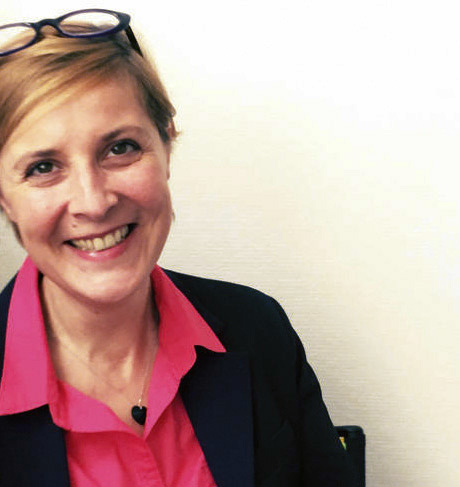This intimate, human-scale event, which highlights contemporary photography, wrapped up on September 1 after three days. Nine galleries each showcased solo exhibitions, following the biennial format introduced in 2018. Launched by CPM director Erick ...



